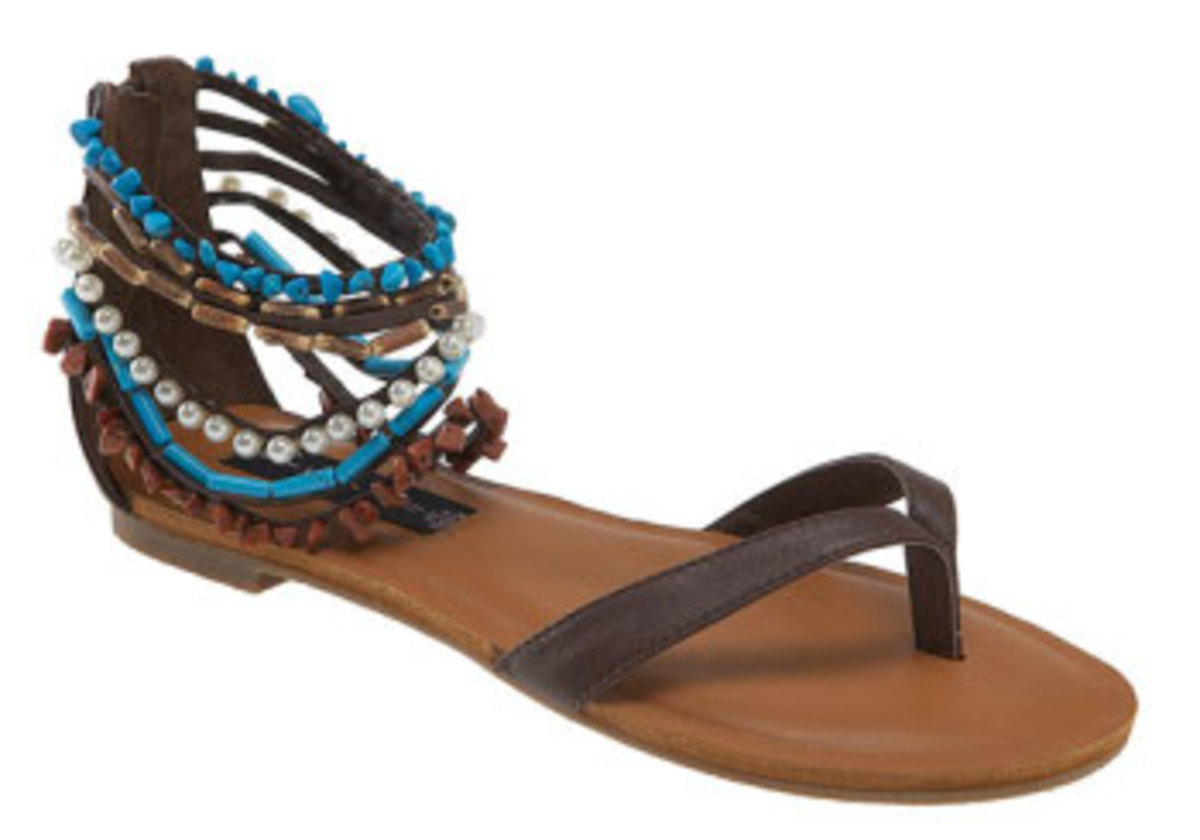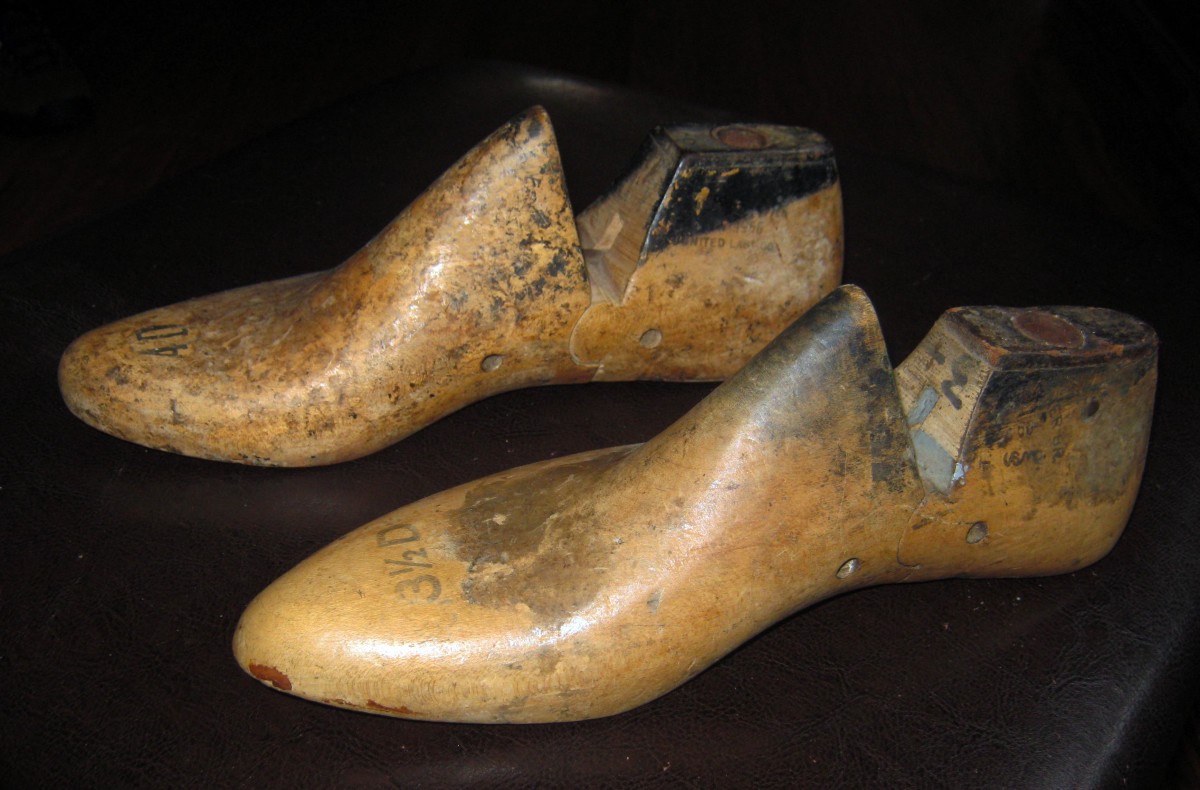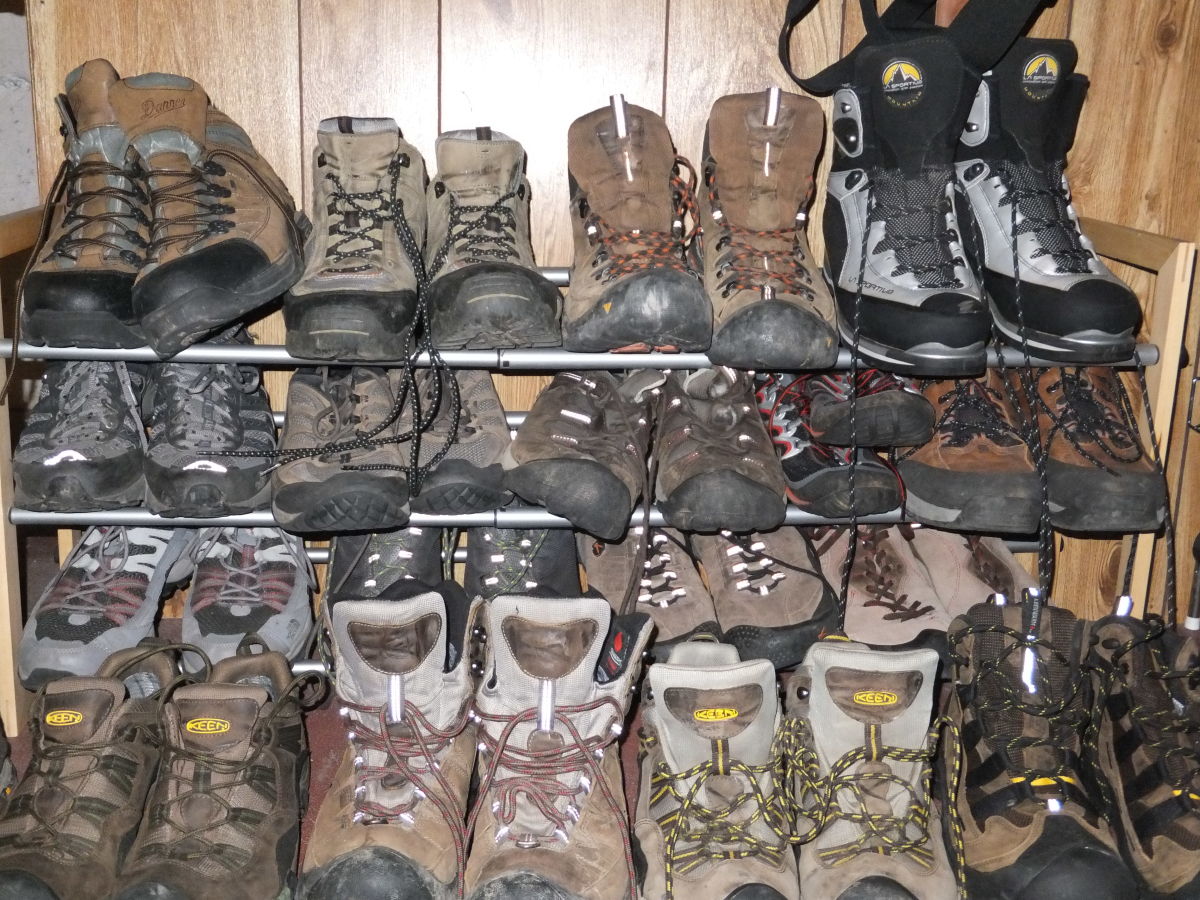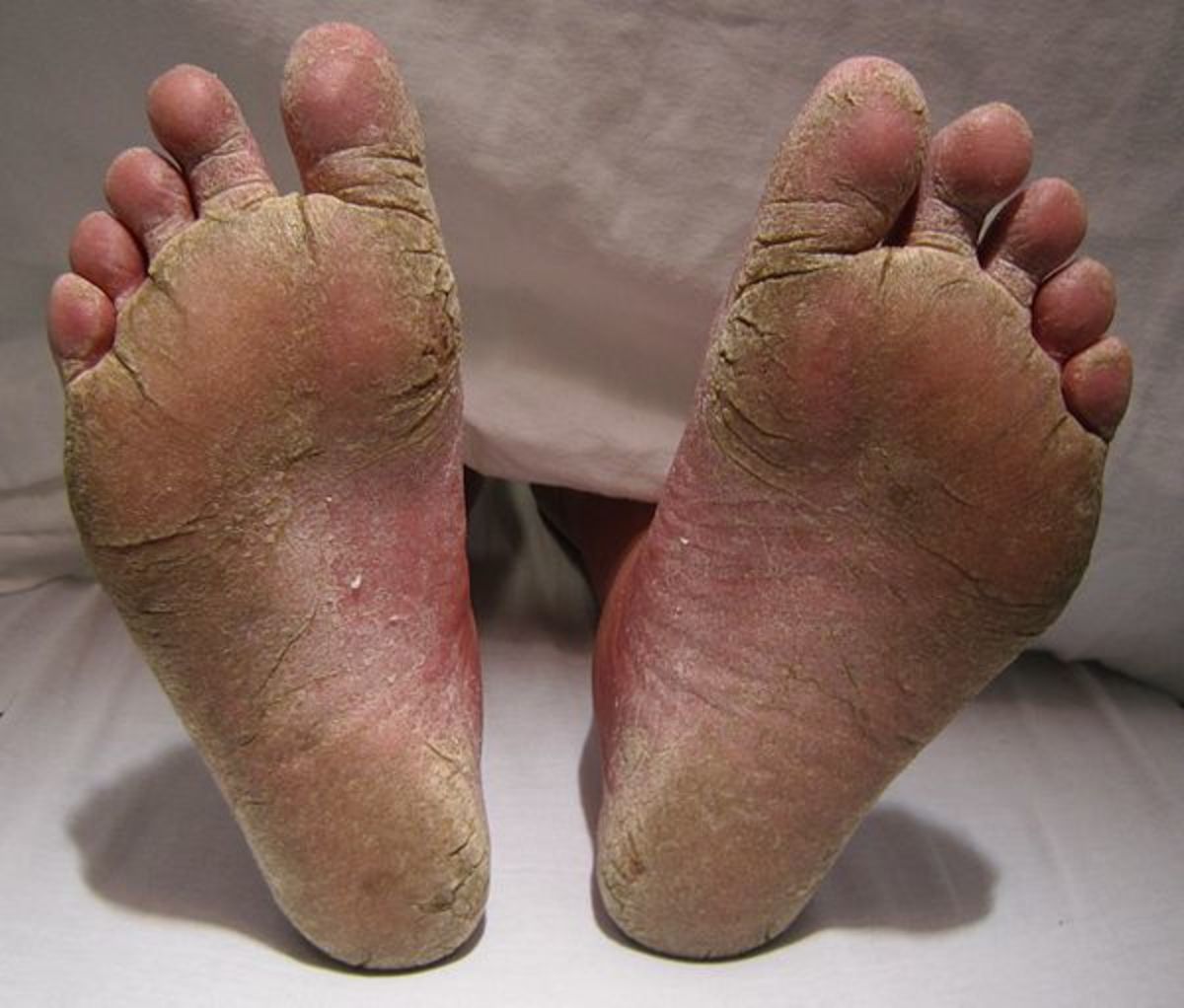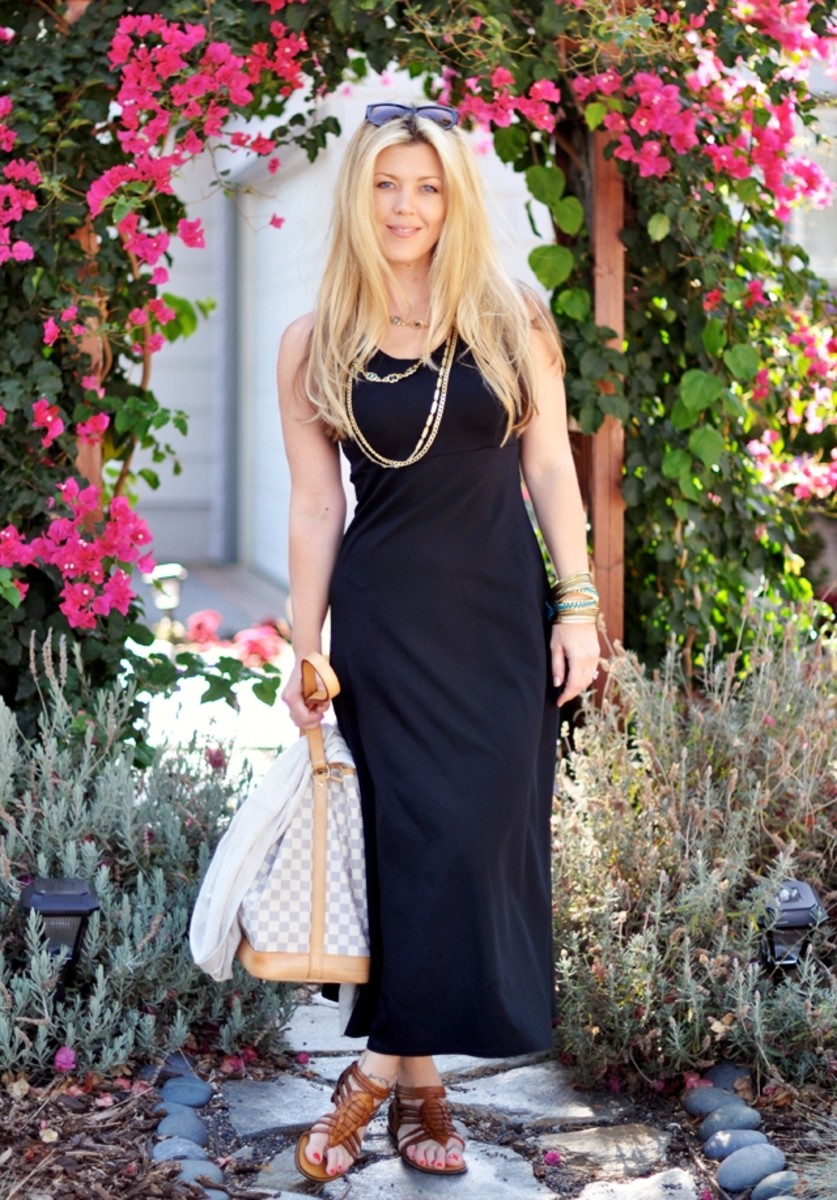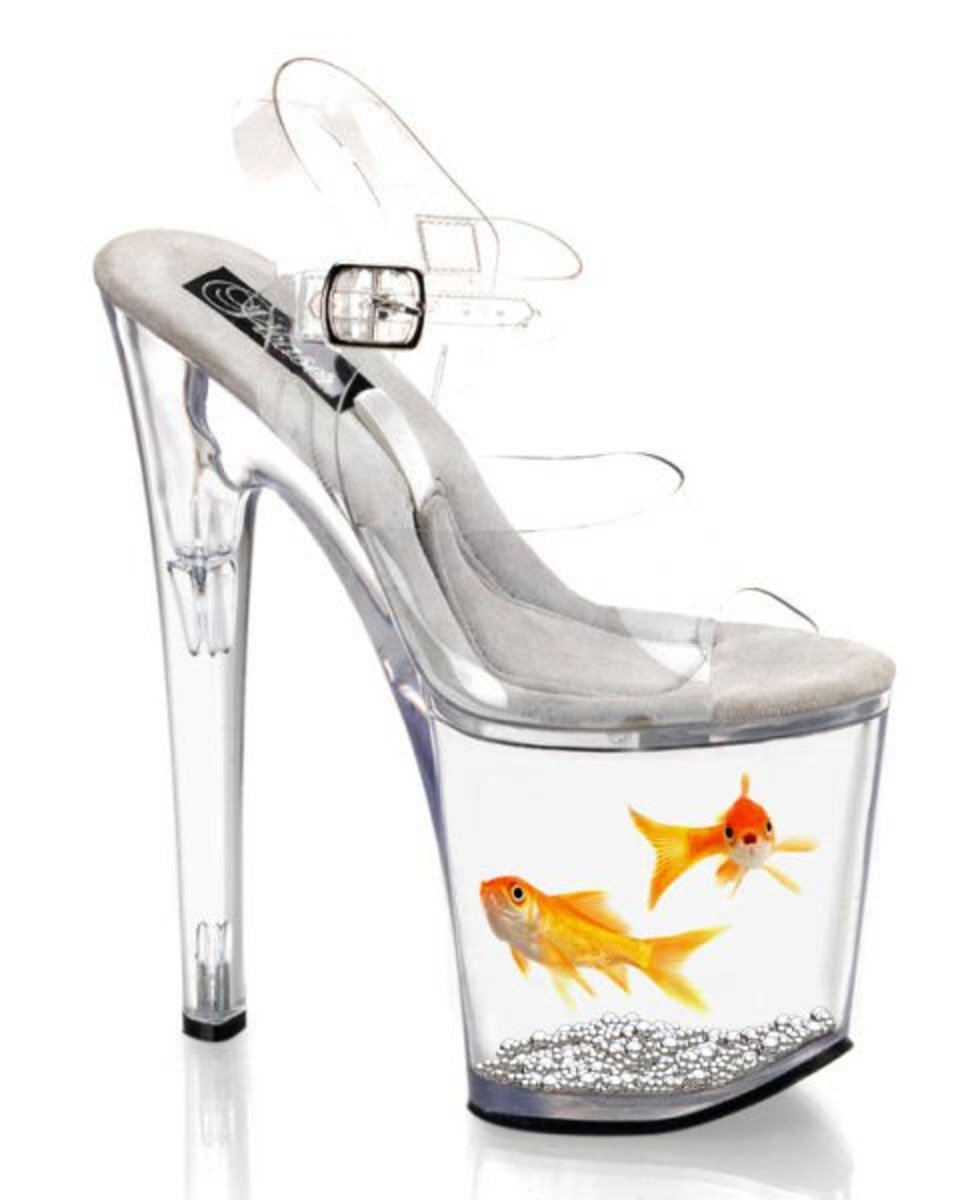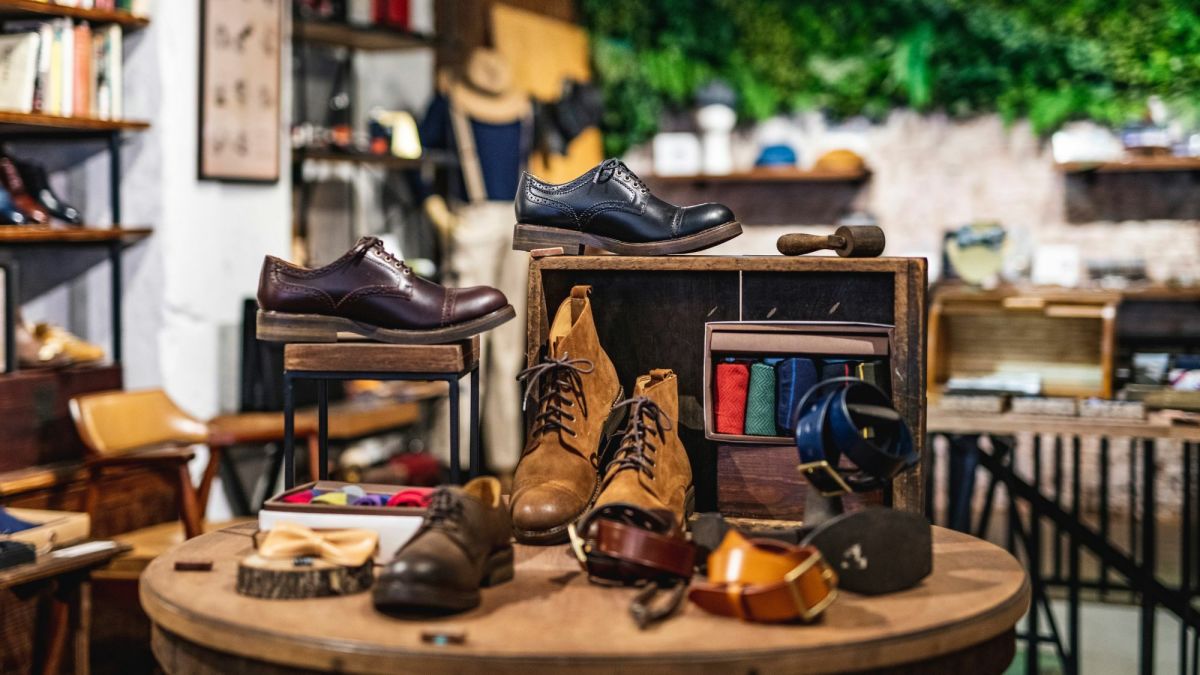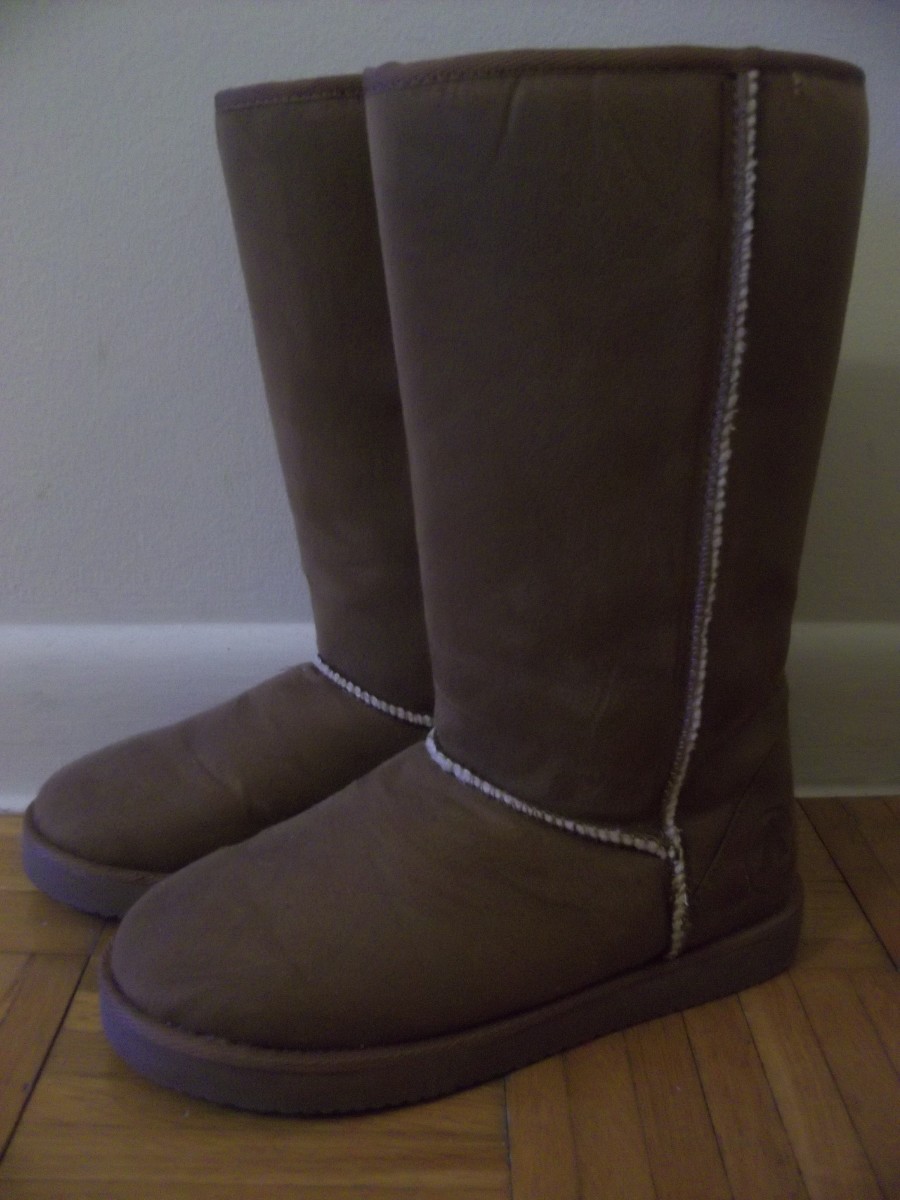More Footwear for Heel Pain: Casual, Dress, & Hiking
Certain shoes can help prevent and even treat the heel pain caused by the inflammation and injury of the plantar fascia. Such footwear includes sandals, both winter boots and hiking boots, plus running shoes, slippers, dress shoes, walking shoes and flip flops that feature a design that provides correct arch support and stabilization for the foot.
After so many years of dealing with plantar fasciitis, I guess I have to admit I know the footwear issue intimately. Though my PF hasn't flared up much in recent years, there is the rare moment that I feel a twinge. But I take care of my heel pain with stretching and shoes designed to prevent foot injury.
Update August 2, 2011: I guess I was getting too smug. I recently reinjured my PF in a big way, and it's worse than it ever was. After months of trying one thing or another, thankfully it's virtually all gone again after using the Strassburg Sock. [Additional edit from 2015: Since the time of this note, I've come to the conclusion that my chronically high blood sugars were the main culprit, as diabetes is associated with pretty much every connective tissue injury known to man, and I've had most of them. Controlling my blood sugar has probably been the single best thing I've done for my plantar fasciitis.]
Update October 24, 2012: Still gone. The most I've experienced in heel pain is tiny isolated twinges every six months or so that quickly go away with trigger point therapy.)
Update April 22, 2013: Feet feel better than ever. In addition to using the Strassburg Sock in the summer of 2011, I implemented some posture work advised by Esther Gokhale that has helped my feet in the spring of 2012. I've kept up with it and have found it helped my back, my feet, my knees, my neck...pretty much everything!
Update May 15, 2015: Feet are still fine. Back is another story, but that's another issue. These days I walk around in my Birkenstock Boston clogs because they're comfy and I don't want my plantar fasciitis ever to come back. Birkenstock has been my mainstay throughout the years, along with the odd other brand here and there.
So, a bit of background first: Based on my research and personal experience, I have written several articles that provide guidance for people with plantar fasciitis, especially those who overpronate. (Most people complaining of stride problems are overpronators. If, however, you are one of the small percentage of the population diagnosed with underpronation, see Best Running Shoes for Supinators.)
For general information, start your journey with the first plantar fasciitis shoe article I wrote, where you can learn about the best shoes for plantar fasciitis. Here you'll find a poll taken by literally thousands of respondents as to their favorite brand of plantar fasciitis footwear.
This page you're on right now is intended to serve as a quick reference for those who want a place to start. I've featured a few select shoe models that might help people who have this type of foot injury and are looking to replace an assortment of footwear.
Do You Have Heel Pain Caused by Plantar Fasciitis?
What kind of plantar fasciitis shoes are you looking for to help heel pain? Please specify further details in the Comments section.
Running Shoes
Runners and people who are overweight are two categories of people who tend to suffer from this foot condition, because their gait can put a lot of stress on the fibrous bands of tissue running along the soles of the feet. As is true of dress shoes and casual footwear, the best athletic shoes for heel pain caused by plantar fasciitis will have good arch support and also minimize the shock from high impact sports and activities.
However, because of the damage you can do in tennis and other athletics due to twisting and high impact running and jumping, you should pay special attention to your particular stride problems or irregularities when choosing an athletic shoe so as not to exacerbate your plantar fasciitis injury. (And while you're healing, temporarily stop the sport you're doing that caused the injury!)
For example, if you have flat feet and overpronate, you might want to try the Saucony Women's ProGrid Stabil CS Running Shoe (or the men's version for guys). However, if you have high arches and underpronate, you might want to look at the article I mention above on supination for ideas of the best shoes to wear.

Dress Shoes
I can personally vouch for the fact that it's almost impossible to find dress shoes or office footwear that's suitable for PF. Those that do exist tend to have a clunkier look that takes some getting used to. I adjusted pretty easily because I found I really like the clunky foot look. But if you don't, you'll be challenged to find the perfect choice, because the best dress shoes for plantar fasciitis are flats or pumps that have a low heel and either built in arch support or an orthotic -friendly design, all of which mean more bulky shoe and less aerodynamic sleekness.
Orthotic friendly means that the insole can be removed and there is enough room in the instep for the insertion of orthotics that can help with plantar fasciitis. These shoes may have a higher vertical depth to allow for the insertion of anatomical insoles.
Such orthotic insoles can either be those you buy yourself, such as heat-moldable orthotics for dress shoes or those custom fitted by your podiatrist.
Men's Dress Shoes
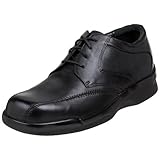
Women's Dress Shoes

If You Can't Find the Dress Shoe...
For people who just can't find a dress shoe to suit them, the Sole inserts shown here are wonderful. They are less cushiony than other Sole footbeds, but they're not your generic gel pad. Instead, they have real, solid arch support and can turn a flat, archless pair of shoes into something comfortable.

Sandals
Open strap shoes for plantar fasciitis include sandals like flip flops and thongs as well as slides and even hard to find fisherman sandals. Brands that are recommended include Orthaheel, Sole, Chaco, and other comfort shoe brands featuring anatomical footbeds like Birkenstock, Mephisto, Teva, Drew and Naot.
An important consideration is that with sandals, inserts and orthotics generally don't work. So the footbed the shoe comes with should be as close to natural and anatomical as possible.

Boots
Boots for plantar fasciitis should be roomy, with removable orthotics. Brands like Drew, Orthofeet, Chaco and Birkenstock carry high arch support boots with moderate heels for work, hiking, walking and winter warmth.
I have also tried Chaco boots. I think I would have loved them, except at the time they only came in medium or narrow width, and my feet are wide, so they didn't work out. Otherwise, they were strong, attractive and made of very good leather.

Clogs
Clogs are open-backed shoes with either thick or thin soles. They tend to have good arch support, but some models have better support than others; just because it looks like a clog doesn't mean it has great support. Clogs without a removable footbed - Dansko comes to mind - are generally not suitable for using orthotic inserts. (Find information about shoes with removable footbeds on my personal website here.)
While I've heard of people who like Birkenstock Boston clogs, I've tried wearing them and never could seem to get the right fit for my wide, normal arch feet. I prefer Haflinger clogs; the Classic Grizzly clog fits my feet perfectly, and I just got a new pair after years of wearing an old pair. I went one size up, because my toenails had worn holes in each old shoe, and they are perfect. I'm almost never without them, and my feet are rarely fatigued.
In the past, I've also worn Dansko clogs, which I liked a lot, but which I didn't like as much as I like Haflingers or Birkenstock sandals, partly because of the thick sole but also because a neutral heel seemed better for my plantar fasciitis when I was battling it, not a raised heel.
However, I've had readers with high arches, like "Patricia" and "Kara" (see Comments in Best Shoes for Plantar Fasciitis), say they like Dansko shoes in the Sausalito collection. I've included a couple of Dansko Sausalito clogs here for you to check out if you have high arches - see the Solstice and Sally Mary Jane clogs.

The author is not a medical professional, but rather a patient who had PF for many years and is able to manage the condition with the non-invasive treatments, like doing stretches and exercises, icing, and wearing the right footwear. The recommendations in this article should not be taken as medical advice. See the author's disclosure regarding compensation for this article.


